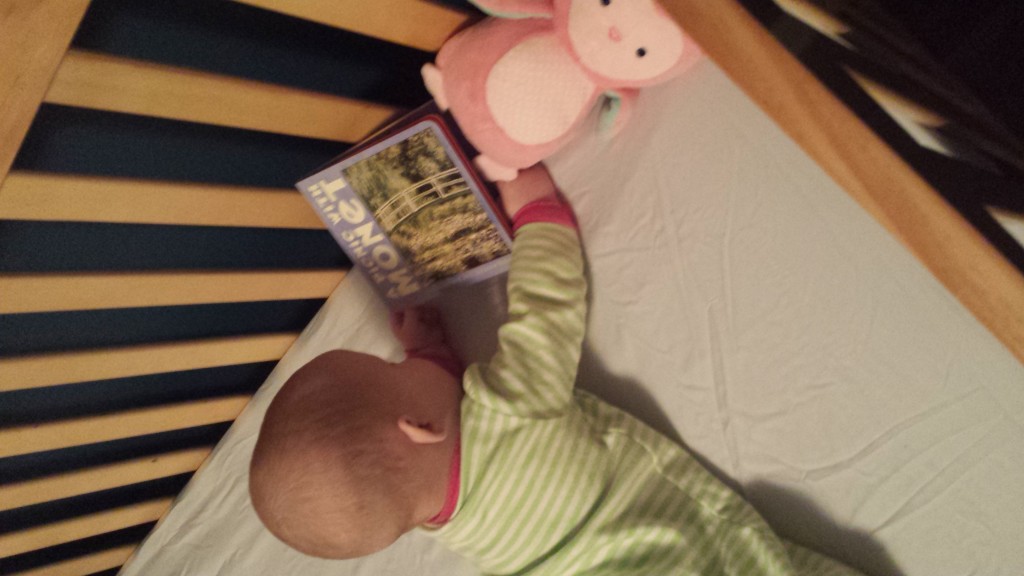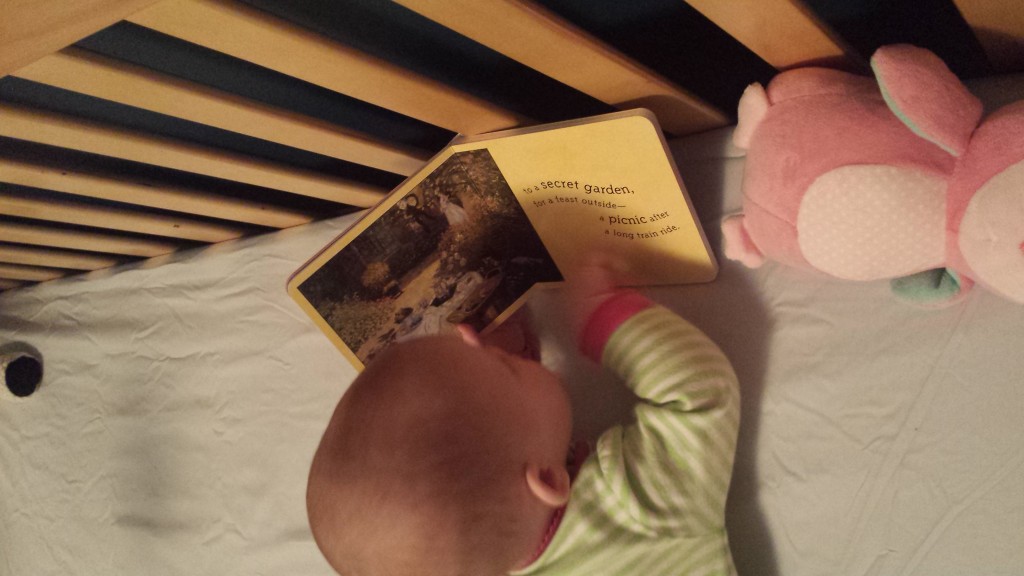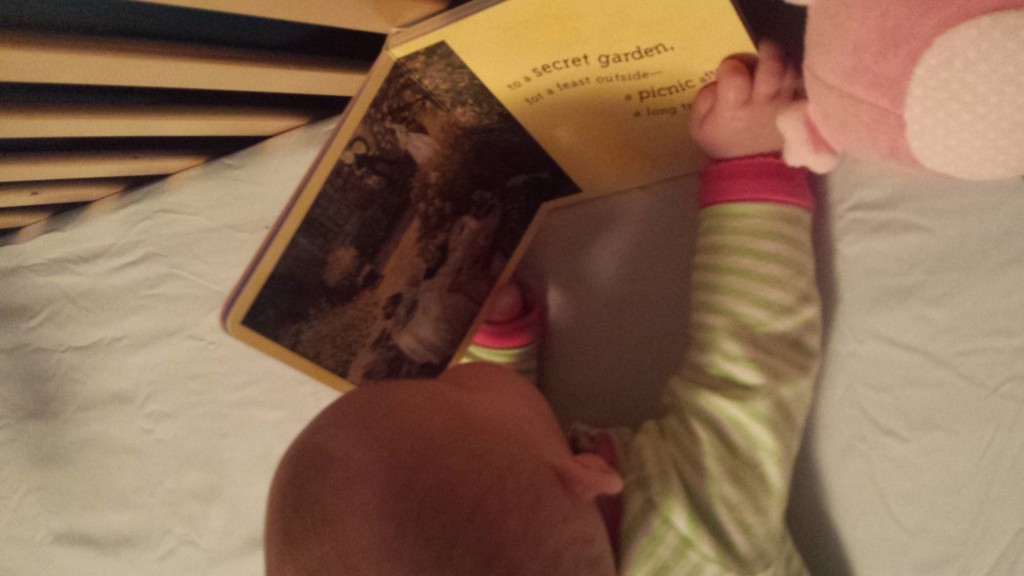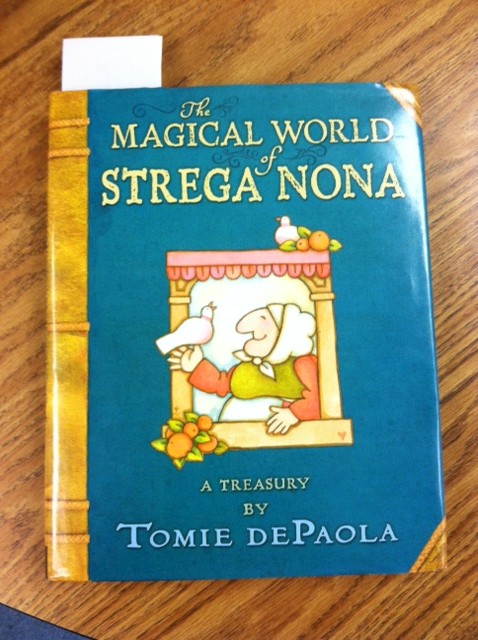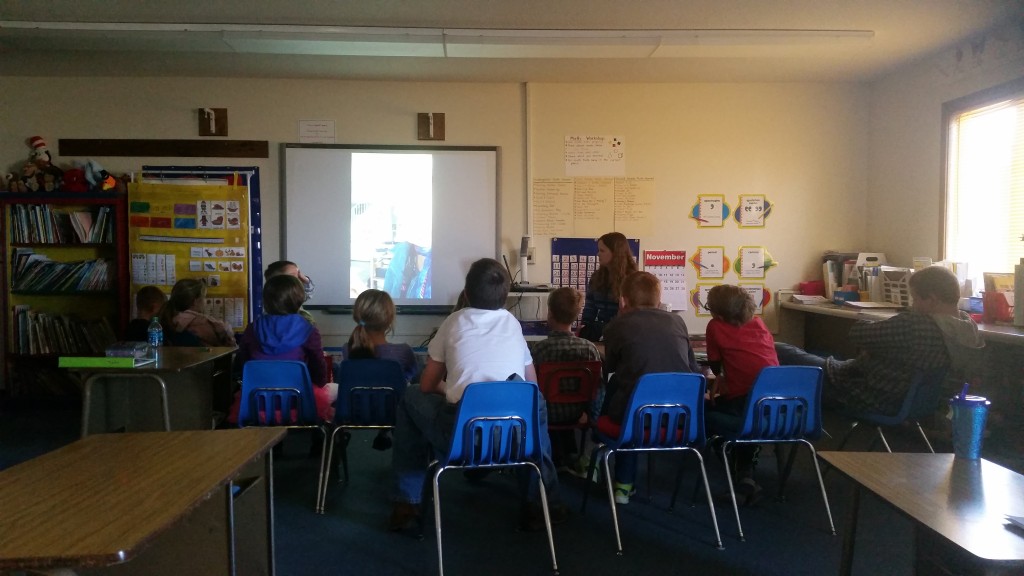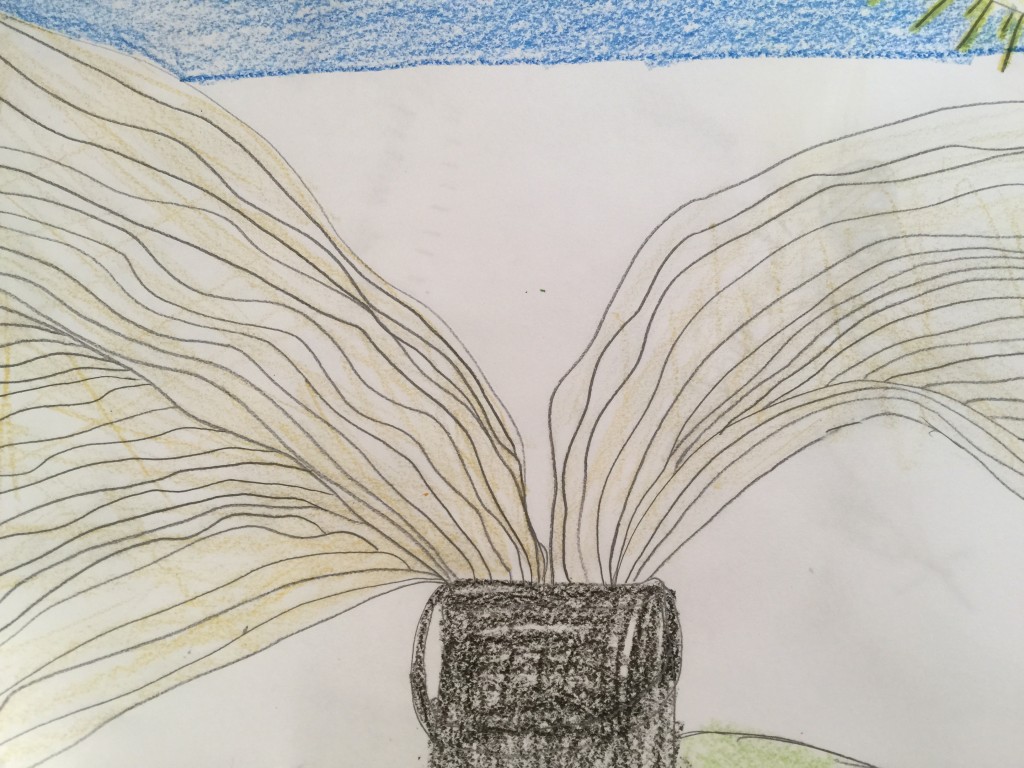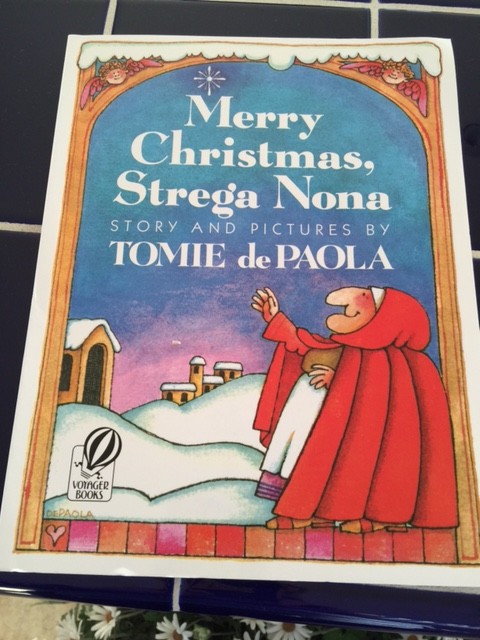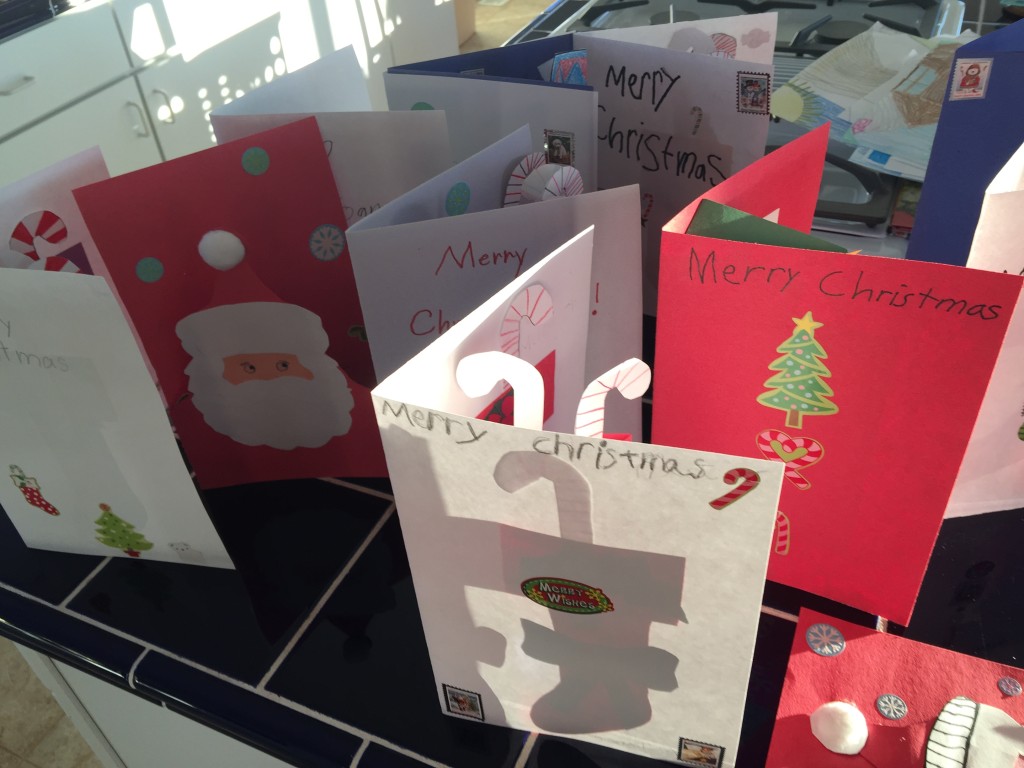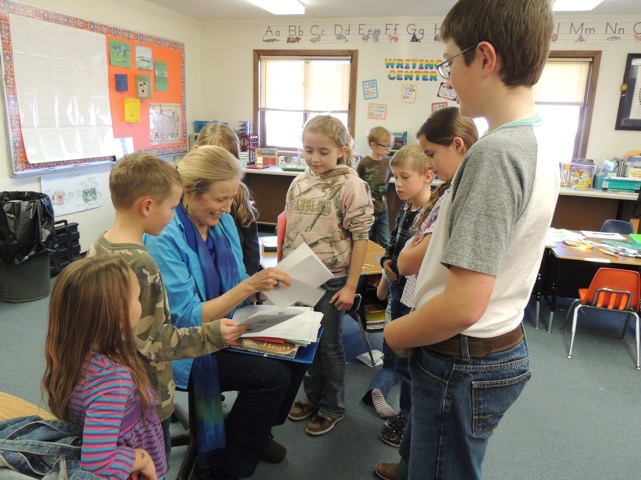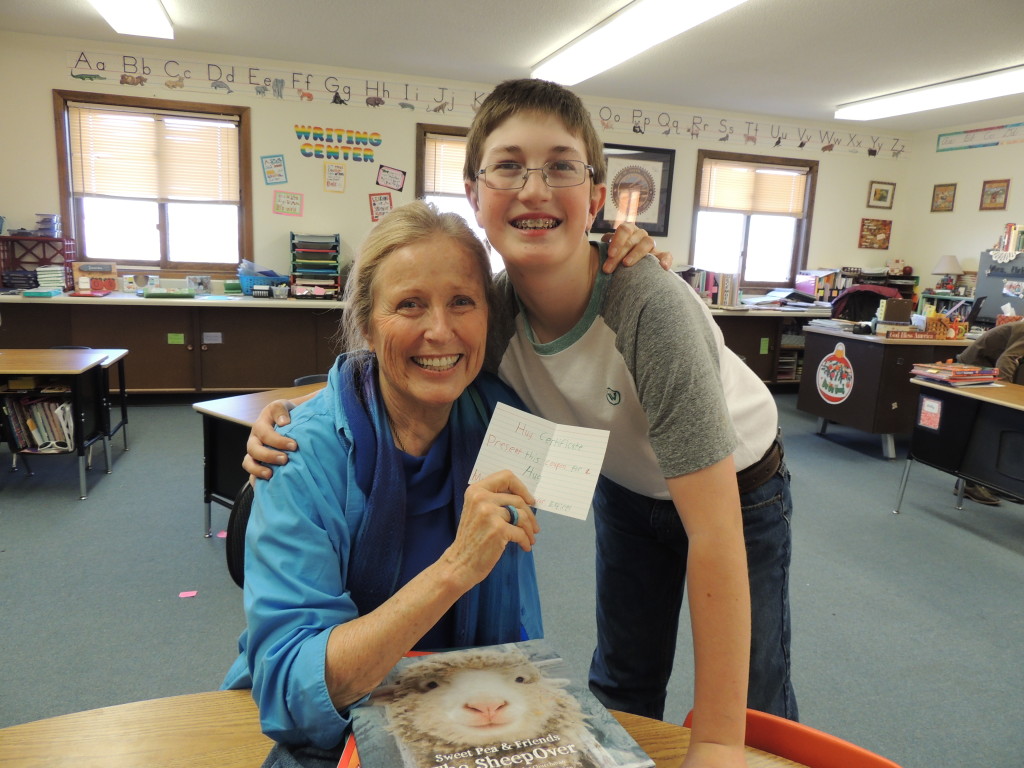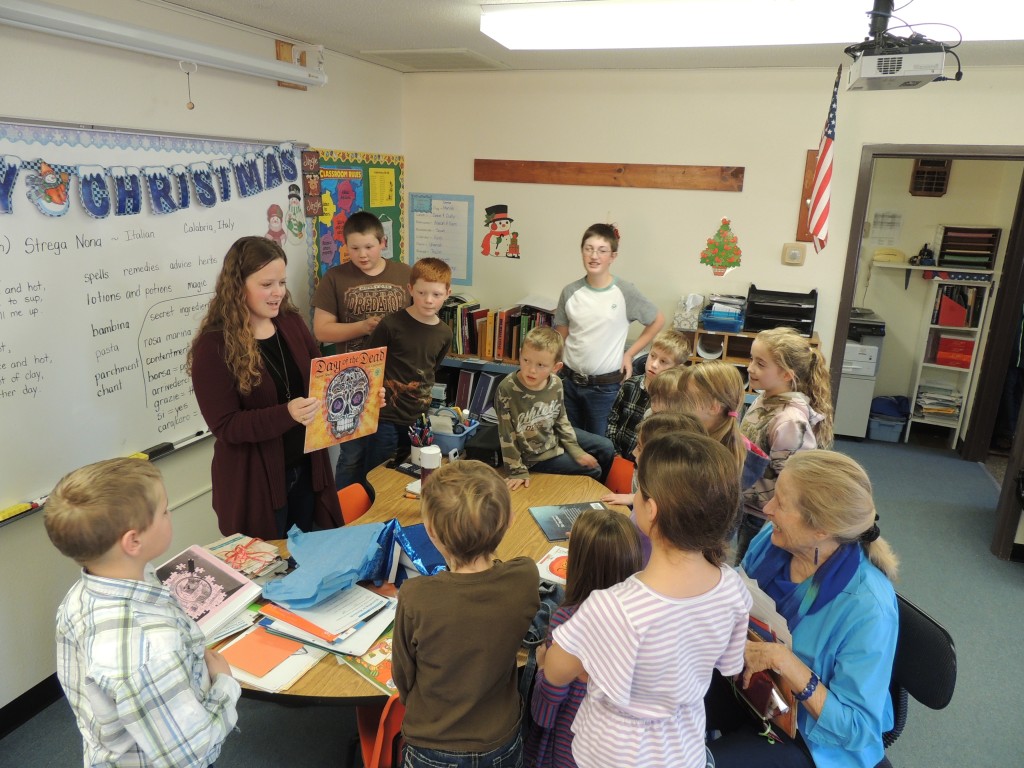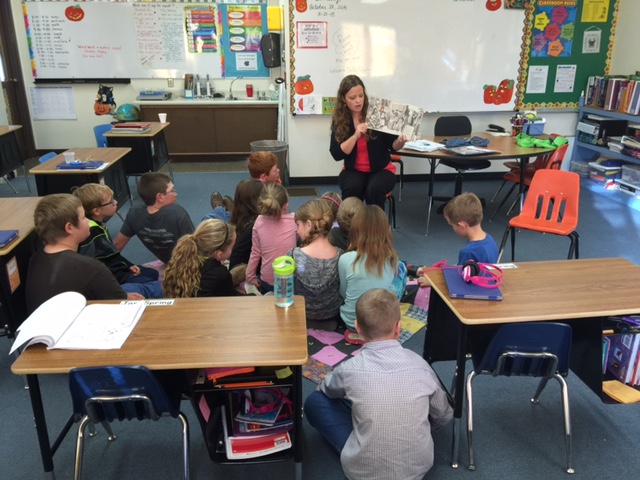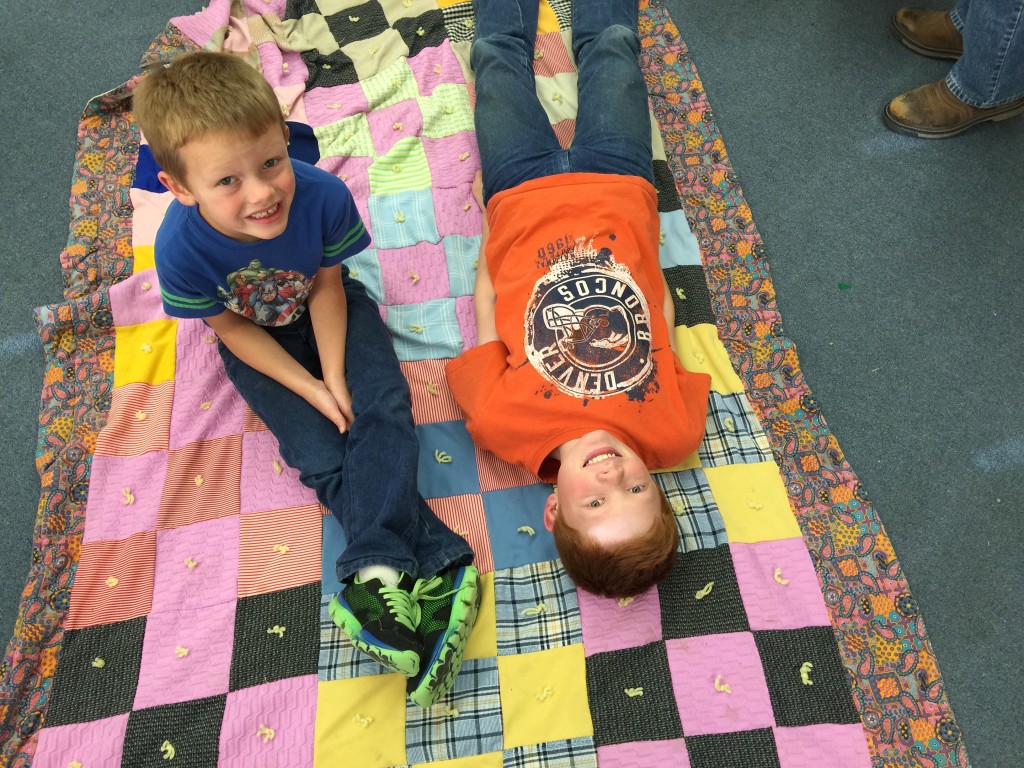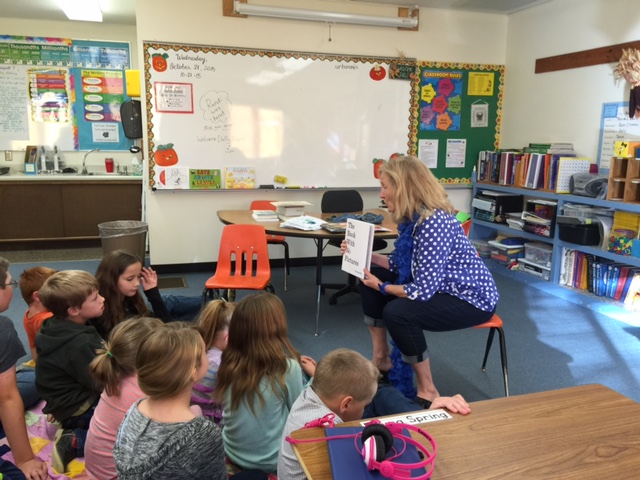When I prepare to teach a class, I always like to create a document, which is labeled, Semester-At-A-Glance. Hopefully, this lets the students see where we are going and what we plan to do. As I am working on my next book, Power Up Literacy through Storytelling in Libraries, I decided to create something similar: Book-At-A-Glance. I have been told that I should be able to tell anyone about my next book in one sentence. Ok, the purpose of this book is to link libraries and literacies through the power of storytelling. This book is written for librarians, teachers, and families who love literacy.
However, I have been working on this book for about 8 months now, and I want to share more than just a sentence, or even a paragraph. I am writing this as I want my friends, family, and colleagues to know what I am working on, as if you are not in the house watching me every day, it might look like I’m not doing anything. Such is a life of a writer. It takes a long time to birth a book.
How Was This Book Birthed?
About a year ago, I unexpectedly received an email from a colleague, whom I had met several years ago; she is now an editor for a publishing house, Libraries Unlimited. She said:
“I was just reading your blog post, which reminded me so much of my first teaching experience in rural Kansas with the farm kids who were in the eighth grade and still couldn’t read and didn’t want to read the basal. Suddenly, the thought hit me that you might be interested in writing something about the power of reading and writing–both very important in school libraries.”
“Yes,” I responded, and thus the book was born. Much of what I know about teaching and learning, I learned from The Benson Kids in the late 1970s and early 1980s. When I think of these students, I am reminded of Paulo Freire’s comment: “Education is radically about love” (Wink, 2011, p. 2). The blog post, which caught her eye can be seen at,
Now, I am at the point in the manuscript, where I can promise readers that this book is not filled with data in the form of pie-charts, graphs, nor vertical or horizontal line charts–and not a single scatter plot to be found anywhere. Rather the truth of the research will be grounded in authentic stories, which reflect, not only the interpretation of these data, but also the transformative nature of teachers, librarians, literacies, and libraries.
My career has been highly influenced by many, but no one more so that Steve Krashen. This text is not a re-telling of his The Power of Reading; however, it is Krashen’s research filtered through my eyes and re-told with stories. This text is not a re-telling of Kendall Haven’s Story Proof: The Science Behind the Startling Power of Story and Story Smart: Using the Science of Story to Persuade, Influence, Inspire, and Teach. Rather, I am a teacher, who values the use of storytelling to make abstract constructs accessible for all.
My Perspective
Let me remove all mystery and share my perspectives, which will flow throughout the chapters. First, librarians are teachers, too–the entire school or the public library is their classroom. Therefore, throughout much of this book, I will use these three words interchangeably: teacher, school librarian, and librarian.
A second perspective relates to languages, literacies, and language acquisition, which have been central in my career. I started as a terrified and overwhelmed Spanish teacher with five different preparations daily (1966), but somewhere along the road, I morphed (1970s) into a “nice Spanish teacher.” Eventually, I started to notice that it wasn’t just about some neutral use of words, which I was fascinated by, and I began to notice that language had power, and I found myself at home in the world of bilingual education, ESL, and dual language immersion programs (1980s). I came to recognize that language was not only culturally grounded, but it was also historically, socially, and politically grounded (1990s), and I began to thrive in critical pedagogy. It was about this time, that I noticed people no longer referred to me as a “nice Spanish teacher.”
Later in my career (2000s), a teacher stopped me in my tracks and said, “Joan, you know what you are? You are a storyteller.” I was shocked, but since that time I have focused on honing my skills with storytelling, and I consistently find that, not only do stories break down barriers among people, they also help people access meaning, which is reflected in stories. Literacy is all about making meaning.
All of these experiences have influenced by perspectives.
The-Book-At-A-Glance
Chapter One will focus on literacy, and readers will have the opportunity to create their own Spiral of Literacy at the end of the chapter.
Chapter Two will highlight storytelling in libraries, and the chapter concludes with activities using the Language Experience Approach and the Reflective Cycle.
Chapter Three will deviate a bit from the regular literacy path and brings to life the use of children’s storytelling with animals. The use of Writers’ Workshop concludes the chapter.
Chapter Four will use stories to rethink standards: Why on earth do we think we need to standardize kids? Pokémon, Captain Underpants, and Harry Potter will all make an appearance, and more Writers’ Workshop activities will close the chapter.
Chapter Five will use the stories of immigrants to bring their world into a clearer vision. Bring your imagination to this chapter. TPRS (Teaching Proficiency in Reading through Storytelling) is presented at the end of the chapter.
Chapter Six takes us into the cloud for digital literacy and ends with ZooBurst, storytelling digitally.
Chapter Seven takes on the future with Patience and Fortitude, the two concrete lions, which grace the entrance of the New York City library and tells a story about how money can be used to undermine the value of literacies and libraries.
Thanks for reading. Now, back to work.






